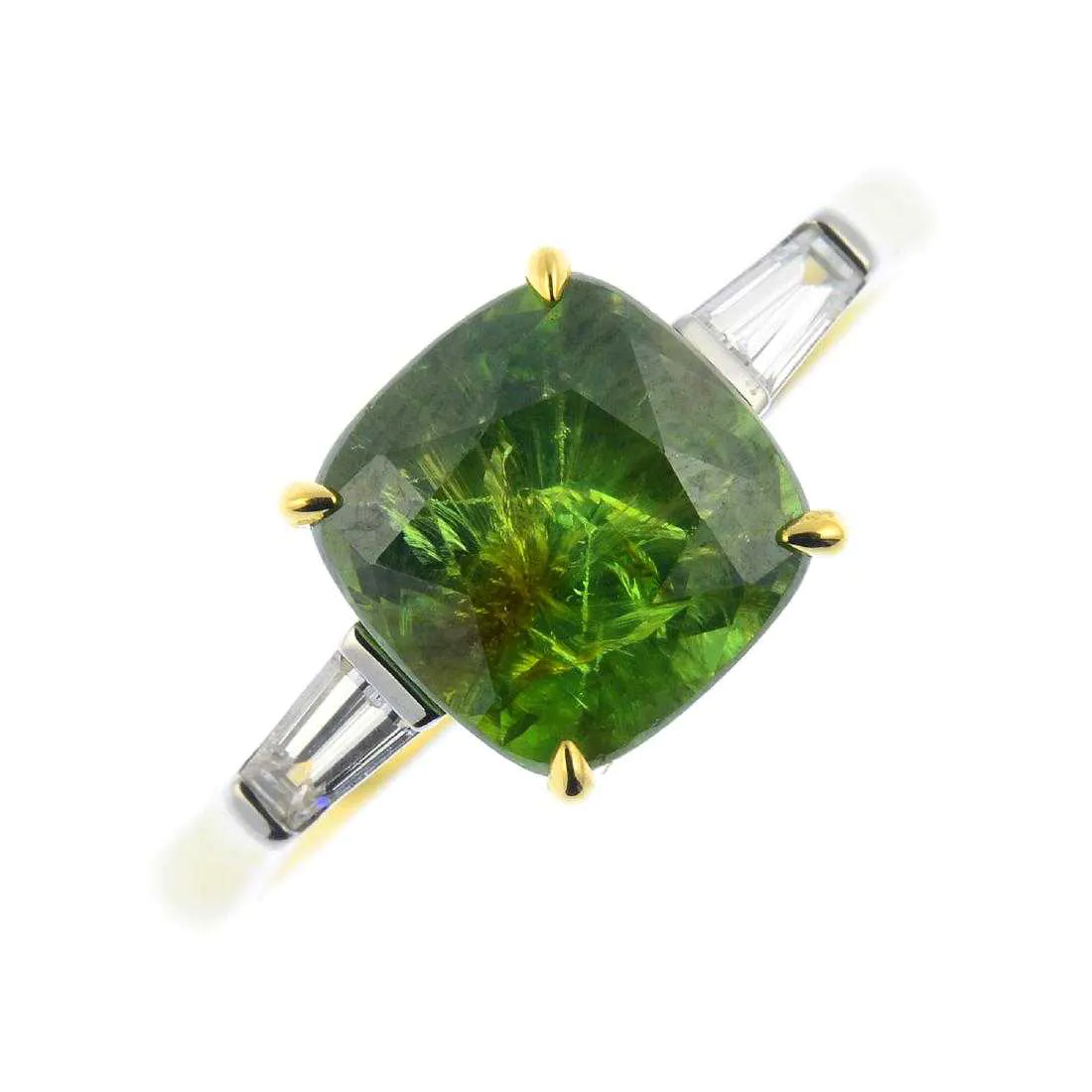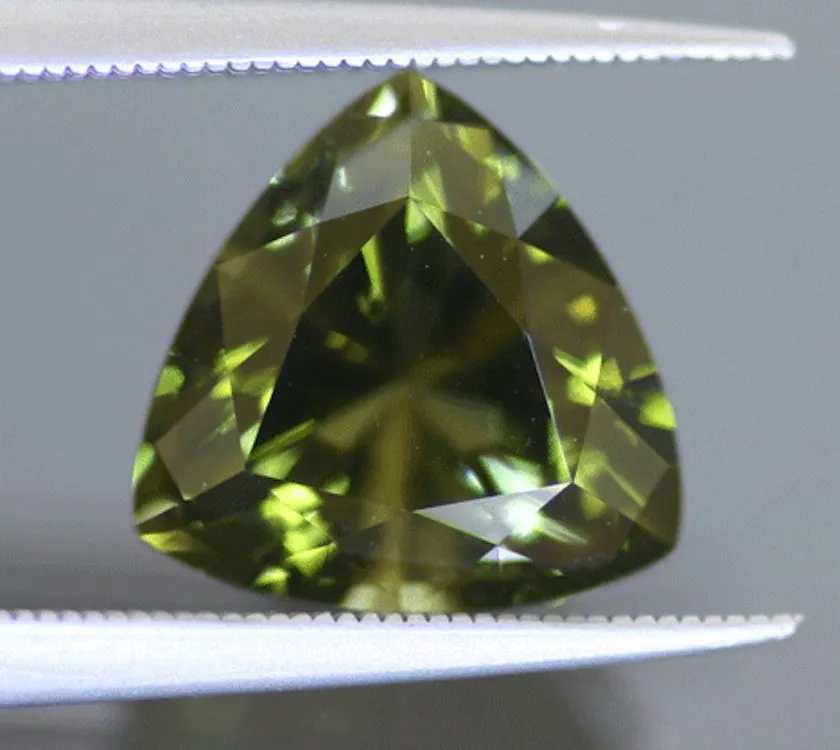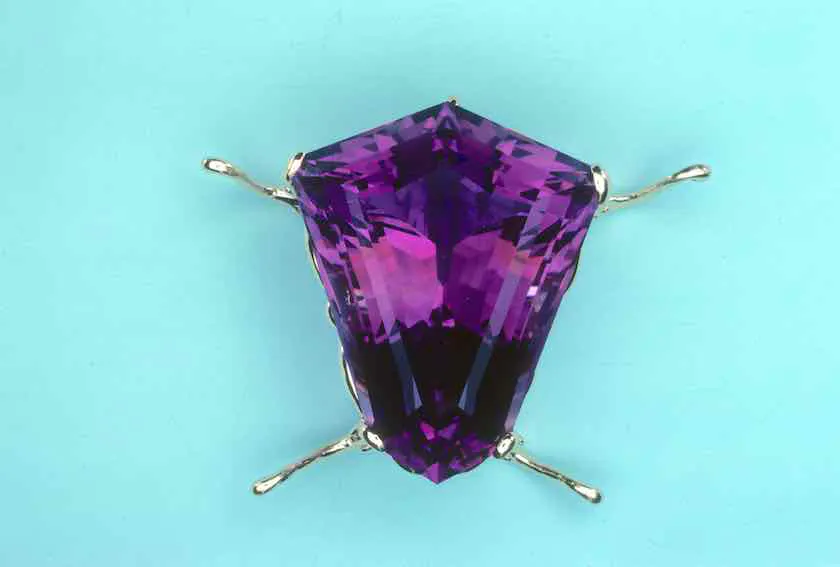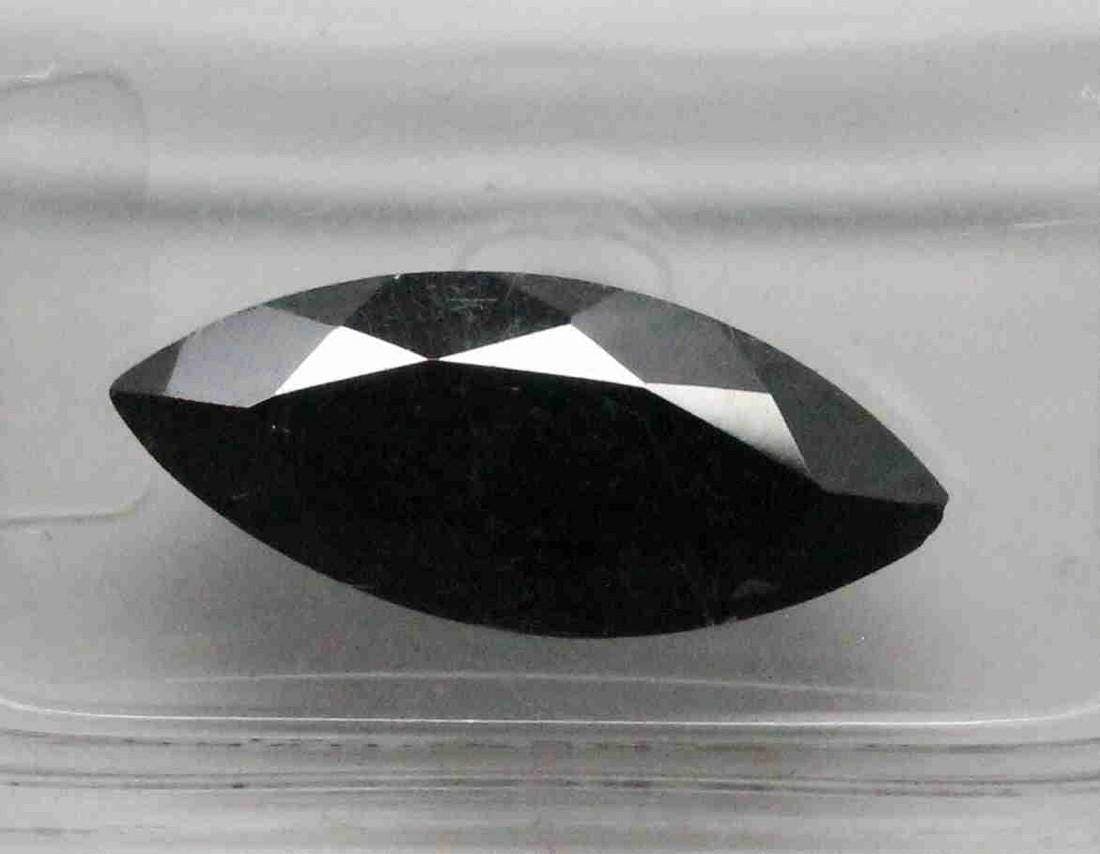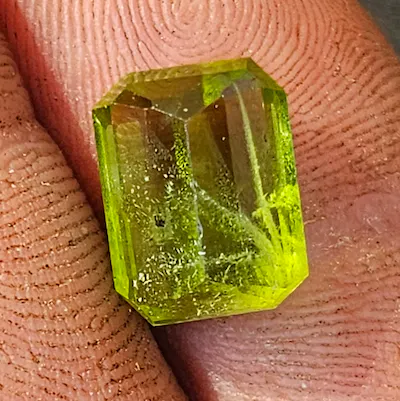Information about Jade, News
Understanding Jade Color Trade Names
Explore the captivating world of jade colors and their trade names at Melogems.com! Jade, comprising jadeite and nephrite, presents a spectrum of colors, ranging from the renowned greens to reds, blacks, grays, browns, yellows, whites, creams, lavenders, oranges, and blues. While green jade holds significant value, each shade possesses unique charm. Gemologists evaluate jade based on its hue, tone, and saturation, considering factors like mottling and intermixed hues. Dive into the intriguing realm of jade color trade names with us and unveil the most coveted varieties.
Jade Color and Value
Jade is a precious gemstone that comes in various colors and holds significant value in the world of gemology. The color of jade is one of its defining characteristics, and different trade names are used to describe the specific hues and patterns found in jadeite and nephrite stones. In this article, we will explore the popular green jade color trade names, trade names for various jade colors, and common misnomers associated with jade.
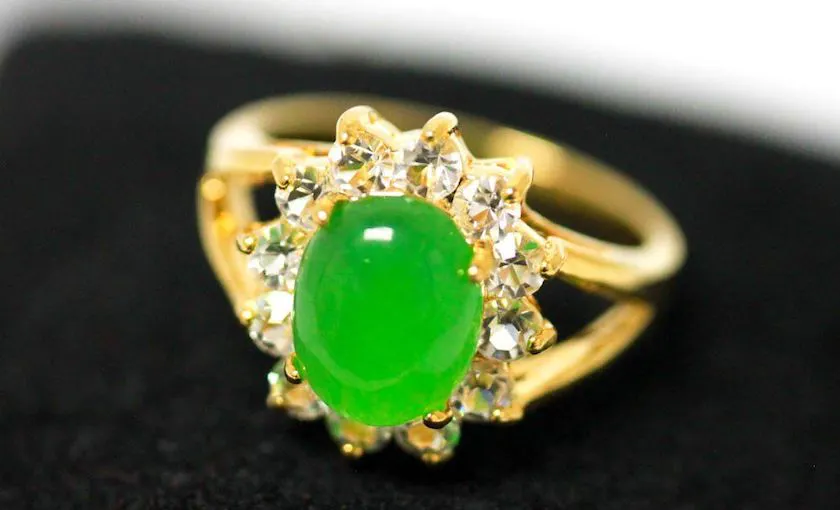
Popular Green Jade Color Trade Names
Green is perhaps the most commonly associated color with jade. It is prized for its vibrant and soothing effect, symbolizing harmony and balance. Within the green jade spectrum, there are several trade names that are used to describe different shades and variations of green.
Imperial
Imperial jade, also known as “emperor green,” is one of the most sought-after shades of green in the jade world. It is a deep, intense green color with a high level of saturation. Imperial jade is often regarded as the pinnacle of green jade hues and holds great value among collectors and enthusiasts.
Kingfisher
Kingfisher jade is a vibrant shade of green that holds a resemblance to the plumage of the kingfisher bird. It is a bright and lively hue, known for its striking appearance. Kingfisher jade is highly valued for its unique color and is often used in high-end jewelry designs.
Apple Green
Apple green jade refers to a light, refreshing green color that resembles the shade of a ripe apple. It is a delicate and subtle hue that exudes a sense of freshness and vitality. Apple green jade is popular among those who prefer a lighter and more understated shade of green.
Yunan Spinach
Yunan spinach jade is a unique green color with a slightly bluish undertone. It is reminiscent of the vibrant green of spinach leaves, hence its name. Yunan spinach jade has a cool and refreshing appearance and is favored for its distinct hue.
Polar
Polar jade, as the name suggests, is a shade of green that evokes the icy landscapes of the polar regions. It has a cool and serene appearance, often with a hint of blue. Polar jade is highly prized for its tranquil and ethereal beauty.

Manasi Siberian
Manasi Siberian jade is a deep, rich green color that is reminiscent of the lush forests of Siberia. It is a captivating and intense hue, known for its exceptional saturation. Manasi Siberian jade is highly valued for its striking appearance and is often used in exquisite jewelry creations.
Flower Green
Flower green jade is a light and delicate shade of green that resembles the color of blooming flowers. It has a soft and gentle appearance, often with subtle variations in tone. Flower green jade is popular among those who appreciate a more feminine and graceful aesthetic.
Greenstone
Greenstone jade is a generic term used to describe any shade of green jade that does not fall under a specific trade name. It encompasses a wide range of green hues, from light to dark, and is often used to refer to jade of lesser value or lower quality. However, it is important to note that greenstone jade can still be incredibly beautiful and have its own unique charm.

Trade Names for Various Jade Colors
While green is the most commonly associated color with jade, it is not the only hue that jade can exhibit. Jadeite and nephrite stones can also come in other colors, each with their own trade names to describe their specific hues.
Moss-in-Snow
Moss-in-snow jade is a unique combination of green and white hues, resembling the appearance of moss against a snowy background. It showcases a beautiful contrast between the vibrant green patches and the white or creamy background. Moss-in-snow jade is highly prized for its distinctive and visually striking pattern.
Mutton Fat
Mutton fat jade is a creamy yellowish-white color that resembles the fat of a mutton. It has a soft and milky appearance, often with a translucent quality. Mutton fat jade is highly valued for its unique color and is often used in traditional and antique jade carvings.
Melon
Melon jade is a pale and delicate green color that resembles the shade of a ripe melon. It has a soft and subtle appearance, often with a slight translucency. Melon jade is favored for its gentle and soothing hue, which is reminiscent of the natural world.

Glass
Glass jade refers to jade stones that have a transparent or translucent appearance, resembling the texture and clarity of glass. It can come in various colors, including green, and is highly valued for its transparent quality. Glass jade is often used in jewelry designs that highlight the stone’s natural beauty and clarity.
Ice
Ice jade is a cool and icy blue-green color that evokes the appearance of frozen water. It has a serene and calming appearance, often with a translucent quality. Ice jade is highly prized for its delicate and ethereal beauty, making it a sought-after choice for collectors and enthusiasts.

Jade Misnomers
In the world of jade, there are some common misnomers or inaccuracies associated with the naming and classification of jade stones. It is important to be aware of these misnomers to ensure accurate identification and understanding of jade colors.
Notes
Jade misnomers can include incorrect trade names or misleading descriptions that do not accurately represent the color or quality of the jade stone. Misnomers can arise from cultural or regional differences in terminology, as well as misunderstandings or misinterpretations of color variations within jade.
When purchasing or valuing jade, it is important to rely on reputable sources and gemological expertise to ensure accurate identification and appraisal. Gemologists and experts can provide valuable insights into the true nature of jade colors and help distinguish between genuine trade names and misleading misnomers.
In conclusion, jade color trade names play a significant role in describing and defining the diverse range of colors found in jadeite and nephrite stones. From popular green jade color trade names to trade names for various jade colors, each hue has its own unique charm and value. It is important to be aware of misnomers and rely on expert guidance to accurately identify and appreciate the beauty of jade. So whether you are drawn to the vibrant greens of imperial jade or the delicate hues of melon jade, jade color and its value will continue to captivate and inspire enthusiasts around the world.
Note: This article was written based on information from the International Gem Society.
